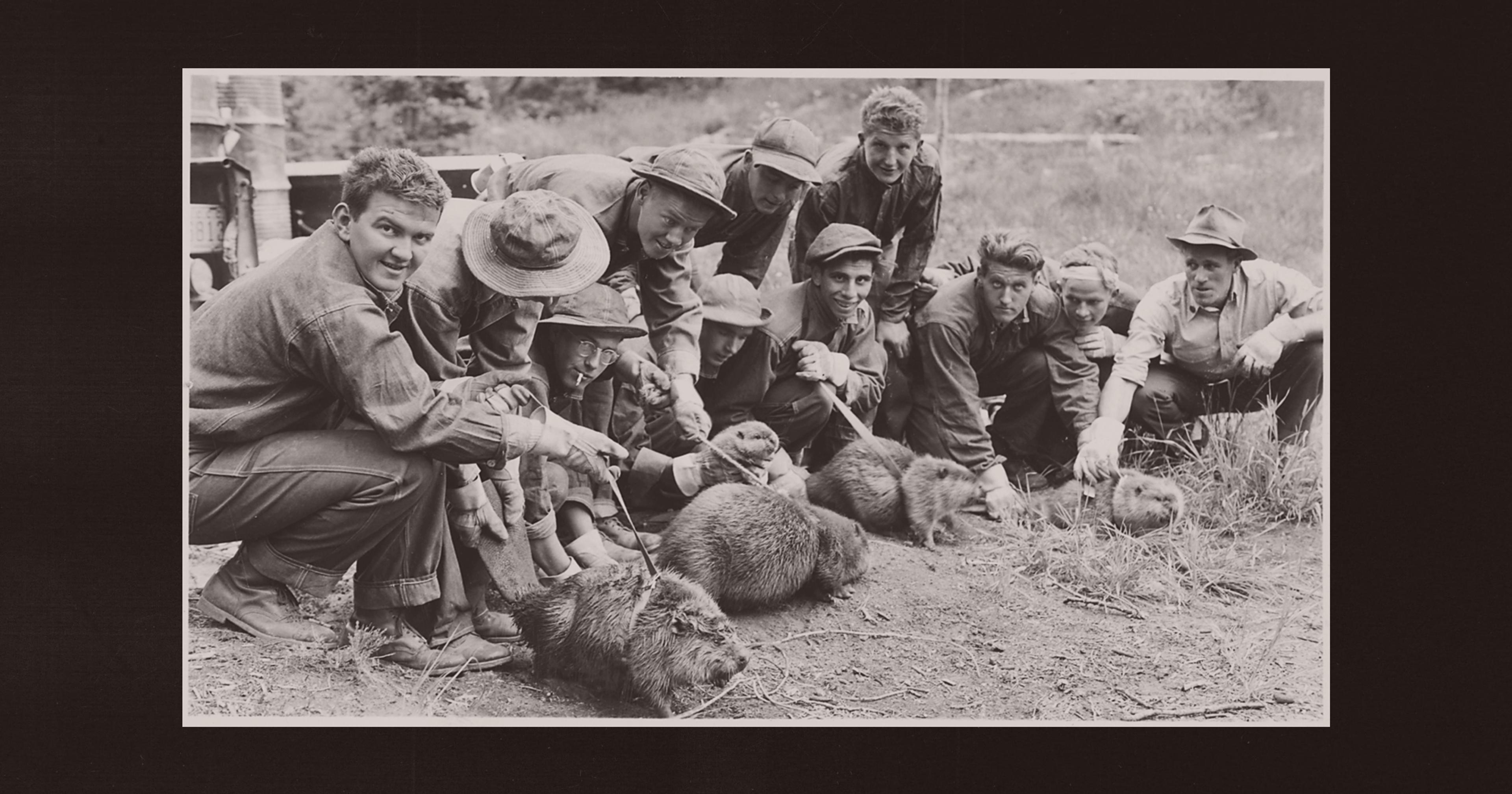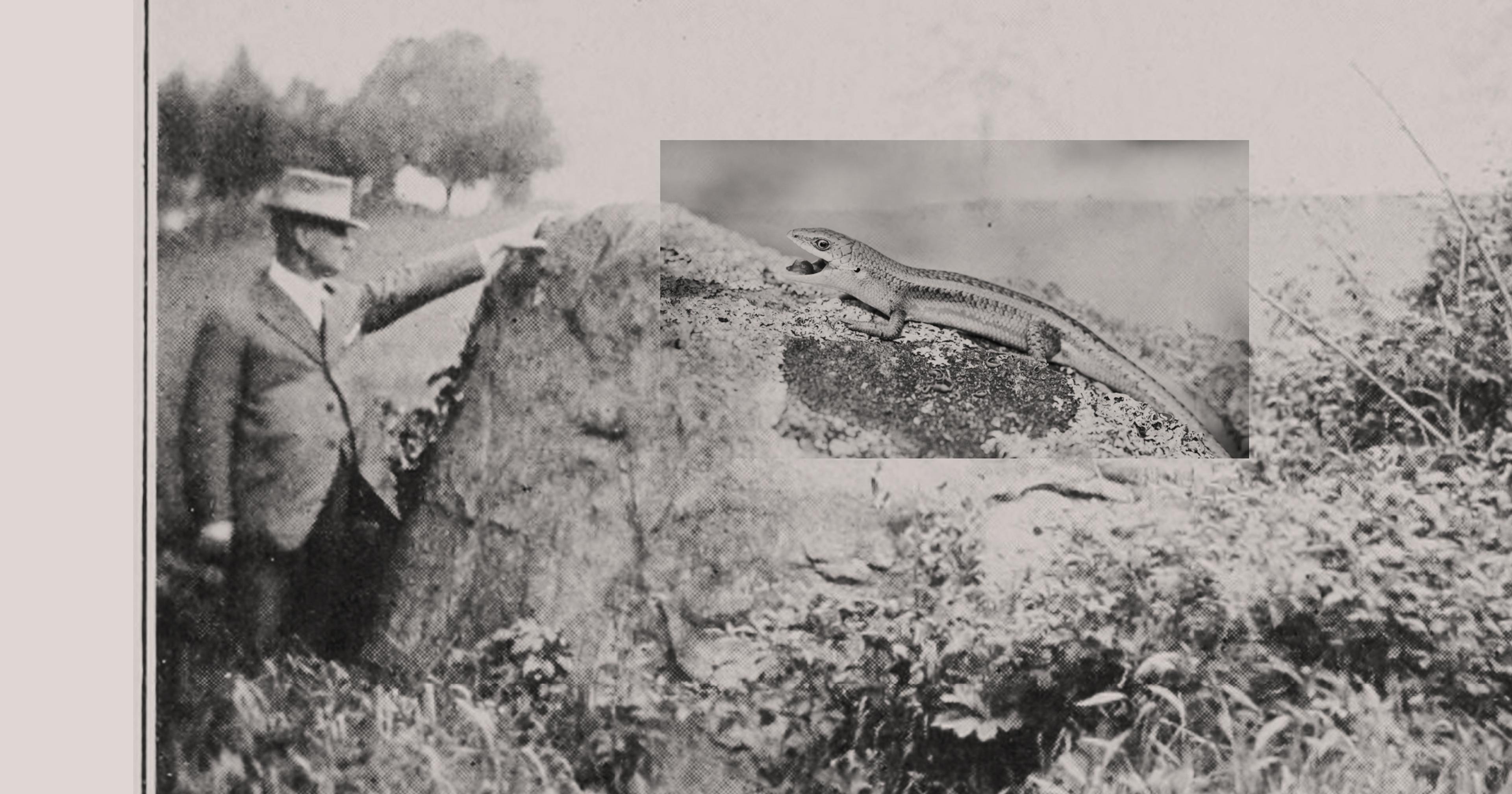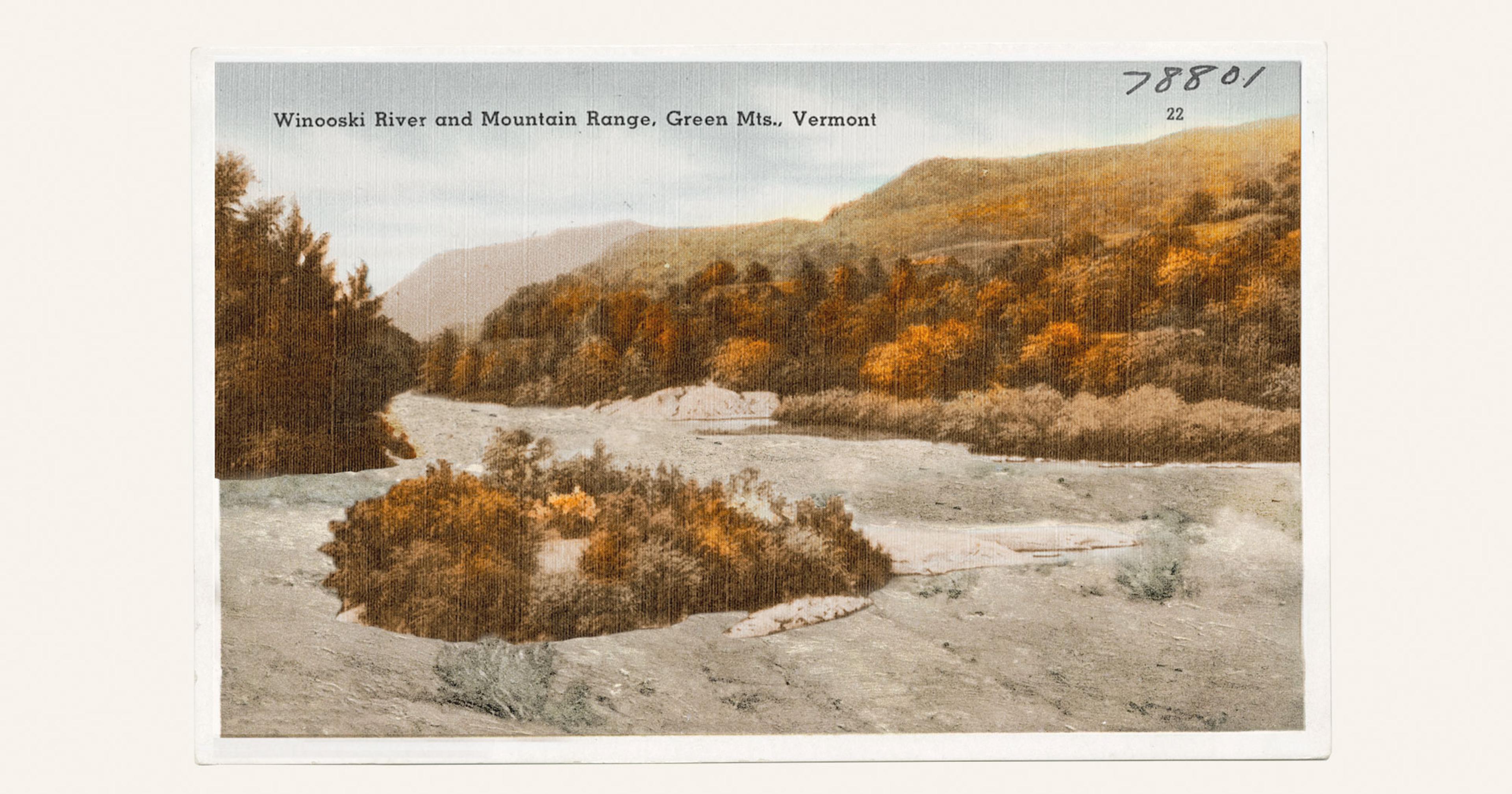Letting “nature’s engineers” do their work can help mitigate drought, improve biodiversity, and help curb the spread of wildfires.
Glenn Elzinga was psyched the first time he spotted a newly built beaver dam blocking a stream in Alderspring Ranch’s grazing allotment.
That pile of freshly felled willow and birch sticks held together with mud were proof that the regenerative restoration efforts on his grass-fed cattle ranch in Idaho were working.
Elzinga’s adoration of the buck-toothed rodent is far from the norm among his ranching peers. Beavers — which were nearly trapped to extinction for their furs in the 19th century — have long been considered a nuisance on ranches across the West. Their dams can flood homes, roads, timber forests, and other areas human inhabitants want dry. “A lot of ranchers see beavers as a rival for water and causing problems, so they hate them,” said Elzinga. “But I love beavers.”
As evidence continues to grow that beavers provide a wide range of biodiversity and climate resilience benefits, a slowly growing slew of progressive ranchers like Elzinga have started welcoming the web-footed eco-engineers back to the landscape.
There is a reason many property owners dislike beavers. As rodents are wont to do, they’ll set up shop in the most inconvenient places for their human neighbors. In spring 2021, beavers chewed through a cable that left an entire British Columbia town without internet. Around the same time in Quebec, 200 dams near Grenville-sur-la-Rouge flooded 10-square miles of the town — a now-persistent problem that costs hundreds of thousands of dollars to fix every year. Around the world, they’ve flooded countless farm fields and roads. “They’ll find the one ditch next to the piece of property you really don’t want to flood and that’s where they put their dam,” said Caroline Nash, hydrologist and principal at consulting firm CK Blueshift, who works on drought resilience with ranchers.
In 2021, there were so many complaints about the semi-aquatic rodents, the U.S. Department of Agriculture’s Wildlife Services killed nearly 25,000 of them.
Beavers use logs, mud, and whatever else they can find to block the flow of water in a river or stream, creating deep ponds where they can build the underwater entrance to their homes, colloquially referred to as “beaver lodges.” These ponds and the canals they dig to search for food keep them safe from predators like coyotes, bears, and mountain lions.
They also benefit the larger ecosystem. Because these dams slow the flow of water, they also help increase organic matter in the soil. Every 1% increase in organic matter gives soil the ability to retain up to 25,000 gallons of water per acre. This raises the water table and provides a number of other helpful environmental impacts.
“They’ll find the one ditch next to the piece of property you really don’t want to flood and that’s where they put their dam.”
“There is some growing shift of tolerance for beavers when it is seen they can have a restoration benefit,” said Nash. “The difference we see is the level of risk different ranchers are willing to take on, and the level of opportunity they see [in having beavers around].”
For Alderspring Ranch, the return of beavers had helped to create more wet meadows, retain water during dry season, create more fish habitat, and produce more grass for Elzinga’s cattle to graze on. “I just wish I had more,” he said.
Beyond Elzinga’s anecdotal findings, there’s ample research showing other ecosystem benefits from beavers.
One study in Nevada found that when beavers returned to streams and built dams the overall water level increased, with a flow that lasted into the dry season and during drought years. Another study found that actively maintained wet beaver meadows store more carbon than ones that have been abandoned — nearly a quarter more, in fact. And another paper that focused on beaver dam’s potential to curb the spread of wildfires found that riparian areas with beaver dams are far less likely to be charred by wildfires. “Areas without beavers averaged three times more damage than those with beavers,” Emily Fairfax, a renowned California-based ecohydrologist who authored the paper, told The Washington Post. “Where you don’t have beavers or rain, plants dry out and become crispy fuel for fires.”
Because of these recently emerging benefits, the Bureau of Land Management (BLM) and some state agencies have started working with partners across the West to build dams in hopes that beavers will claim them. These human-made dams have been successful at both attracting beavers and saving wetlands from drying up.
“Where you don’t have beavers or rain, plants dry out and become crispy fuel for fires.”
Just outside of the town of Crane in Oregon’s high desert, nine human-made beaver dams made of wood and rock were erected in 2015 in an attempt to protect a 40-acre meadow from aridification and encroaching Western juniper trees. Land managers feared the meadow could shrink down to just a few acres if they did nothing. Six years later, those dams (along with a mile’s worth of willow trees) have preserved the wetlands far better than anticipated. It is now a lush corridor of greenery surrounded by shrub-dotted desert. “It’s amazing how green everything is and how much wetland — it’s a bigger wetland than we had originally anticipated,” said Lindsay Davies, the BLM fisheries biologist who helped manage the project, in a release.
BLM wildlife biologist Travis Miller hopes beavers will take advantage of the deep waters created by the dams, which will give the creatures a better chance to evade predation, and turn the structures into long-term habitat. “It would be really good to see those populations rebound and establish in these systems,” he said in the release.
Last year, California’s Department of Fish and Wildlife earmarked $3 million for beaver-related restoration. And just last month, the state enacted a new policy to encourage landowners and agencies to find solutions for damage-causing beavers before seeking permission to kill them — though, officials said, depredation permits will still be issued as needed. It also announced pilot projects to relocate nuisance beavers to places where they can be more beneficial such as the Tulare River, where the Tule River Indian Tribe has been trying to reintroduce the animals for nearly a decade. Tribe members hope to see beavers relocated to the area later this year.
Meanwhile, Elzinga hasn’t had to relocate any beavers to Alderspring Ranch. He credits his intensive grazing management techniques, where cowhands actively shepherd cattle away from the riparian areas, for encouraging beavers to take up residences. Since changing their technique in 2015, he’s counted 17 active colonies on just one creek. Elzinga couldn’t be more pleased with the water- and ecosystem-saving services they provide. “We see them as perfect partners in regenerative restoration,” he wrote on his website. “And that benefits even us, as ranchers — the harvesters of grass. Because where there is more water, there is more grass.”










